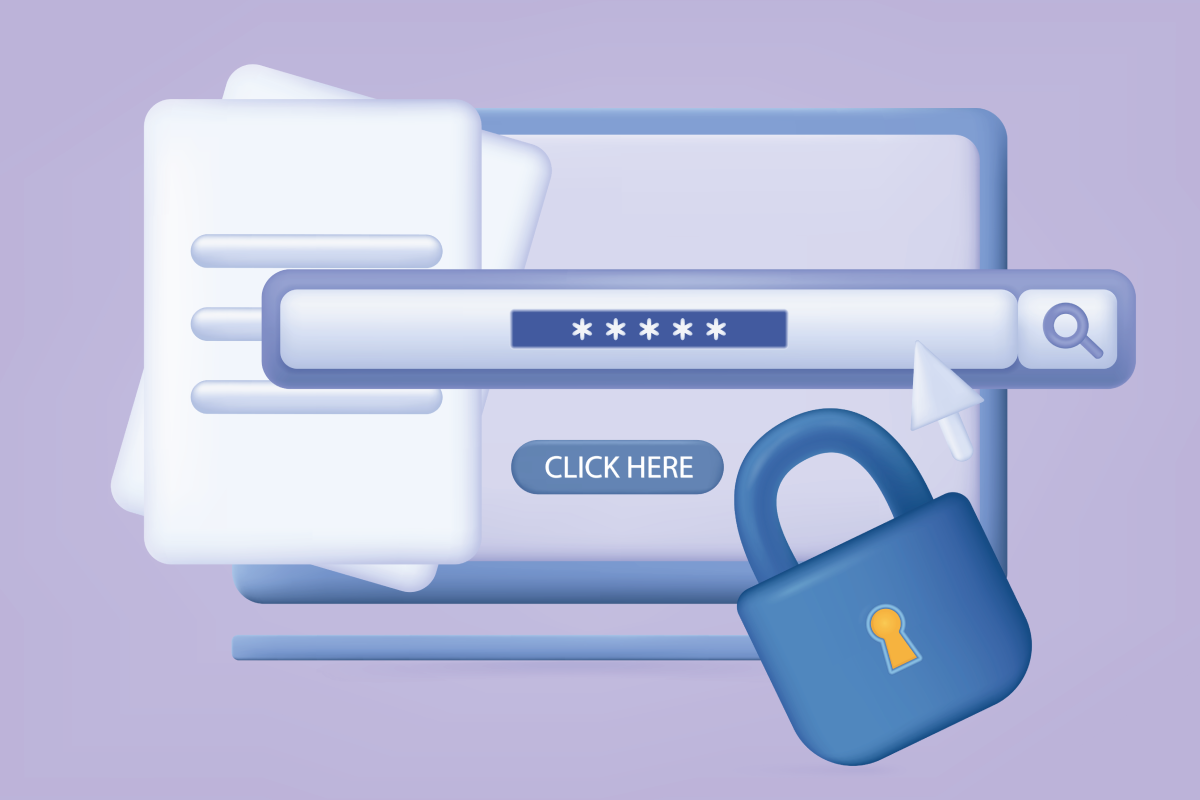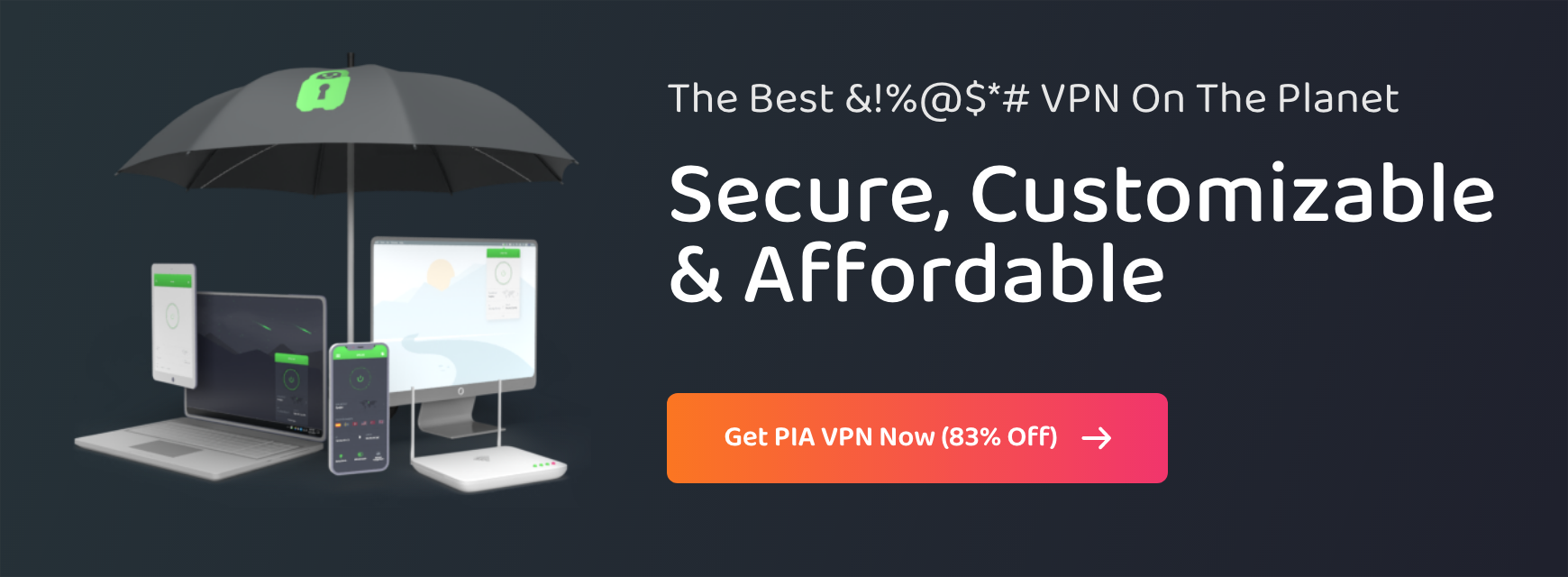How to Disable Microsoft Keylogger (Windows 10 & 11)

Microsoft’s keylogger lets the company record and process your keystrokes, so it can track anything you type on your keyboard. According to Microsoft, only specific employees have access to the data, so the company considers the keylogging safe.
Should you just assume all employees with access to your information are trustworthy? Probably not. Even if they were, Microsoft doesn’t actually need to know most of what the keylogger collects, so why is it keeping your information, and what does it use it for?
The lack of clarity makes many users feel having a default keylogger on Windows poses a threat to their privacy and could expose sensitive data like passwords. Fortunately, you can turn it off with a few simple steps and regain some of your privacy.
What Is A Keylogger?
A keylogger is computer software that records every stroke you make on your keyboard. They are commonly used by cybercriminals to gather passwords and other account information which they can use to fraudulently access your sensitive accounts (e.g. email or banking).
Microsoft uses its keylogger for less nefarious purposes. The software is used to customize your typing suggestions and help build your dictionary. Since it’s used this way, Microsoft considers the software a diagnostics tool rather than an actual keylogger.
The problem is, Microsoft hasn’t always been transparent about what data it collects or what it’s used for. Several people complained to the company that even using it as a diagnostic tool violates their privacy, so Microsoft began providing the option to disable the keylogger on Windows 10 and 11.
How to Disable the Default Keylogger in Windows 10 & 11
You use the same process to disable the default keylogger on Windows 10 and 11. Just follow the steps above each image to disable the setting.
Step 1: Click on the Start menu button.
Step 2: Type Privacy Settings into the search bar and click on the result with the lock next to it.
Note: Windows 11 has an extra step, you need to click on Privacy & Security in the left-hand menu before moving on to the next step.
Step 3: From the menu on the left choose Inking and Typing personalization.
Step 4: Toggle the switch off under Getting to Know You. The keylogger is now off.
Note: If you’re using Windows 11, you’ll find the off switch under Custom Inking and typing dictionary.
Why Keyloggers Pose A Threat
The good news is keyloggers don’t damage your device or OS. The bad news is cybercriminals can use them for malicious purposes, including:
- Copying the login credentials for your accounts
- Spying on your conversations
- Using your financial data to make unauthorized purchases or transfer funds
- Accessing your emails
Even though the data for Windows keylogger only goes to Microsoft, it doesn’t mean someone with access to the information couldn’t use it for malicious purposes. A cybercriminal could also intercept the information collected by the keylogger while it’s in transit to Microsoft’s servers or steal it in a data breach.
That’s why it’s a good idea to turn off Windows keylogger. Doing so removes Microsoft’s right to log any unnecessary information (e.g. anything not needed for OS maintenance or functionality purposes). Using a VPN to protect all your data transfers is also a good idea.
When you subscribe to PIA, you get advanced privacy and safety tools to protect your data. We use strong encryption to secure your connection, making your data unreadable even if a cybercriminal intercepts your traffic. Our all-in-one malware blocker (MACE) also helps stop malware like keyloggers from reaching your device.
Protect Your PC from Malicious Keyloggers
Turning off Microsoft’s built-in keylogger is a start when it comes to protecting your private information, but it won’t protect you from accidentally downloading a harmful keylogger. That’s why it’s crucial to protect your devices against malware and downloads from unknown sources.
FAQ
Yes. Microsoft’s built-in keylogger is turned on by default for both Windows 10 and 11. You will need to manually turn the keylogger feature off in your device’s Privacy Settings if you don’t want Microsoft to log everything you type on your keyboard.
It does, but they don’t call it a keylogger. You’ll find it under Custom inking and typing dictionary. It lets Microsoft log your keystrokes to help improve the typing and writing functionality of Microsoft Windows operating systems. That said, having something record everything you type isn’t great for privacy — luckily you can turn off Microsoft’s keylogger.
Not if they are built into the system by default (like Microsoft’s keylogger). Then you can only turn them off if the option is available. If it’s a third-party application, you can go to Add and Remove programs, find the keylogger, and uninstall it. If you suspect your device is infected with a malicious keylogger, you’ll have to try to find it and delete it or factory reset your device.
Block harmful software with PIA VPN. Our all-in-one blocker, MACE, helps prevent malware like keyloggers and other threats before they even reach your device, so you can browse with ease.
Comments are closed.

All this data collection for advertising is crap anyways. Every time I buy something on-line, the geniuses that receive that collected data then provide it to advertisers who in turn bombard my browser with ads for the product THAT I ALREADY BOUGHT!
Windows 10 users are the dumbest of the dumb. They literally use a bundle of spyware for an operating system.
And, as if that weren’t bad enough, they then have the nerve to seek out other Windows users to call them morons for not “upgrading”. They remind me of dumbf**k witch burners.
You’re the dummy if you think “They” can’t get your EVERYTHING . Once one log into the internet everything is exposed and it does NOT matter which OS you use, so give it a rest clown
idi*ts.. clueless idi*ts.
get some facts before writing an article….
One very large faux pas in the article. The author mentioned “TLast year, at Ruxcon, the CyberPoint Security Research Team unveiled a Proof of Concept that demonstrated using ETW to keylog USB keyboards. The “good” news is that this technique wouldn’t work on most Windows
laptops as their keyboards are usually connected via PS2 instead of USB.”
Except that PS/2 (As a keyboard connection) has not been used in years. Every desktop keyboard has been USB for at least the last 5-6 years.
turned it off long ago, didn’t know the details of what it did, looked sinister